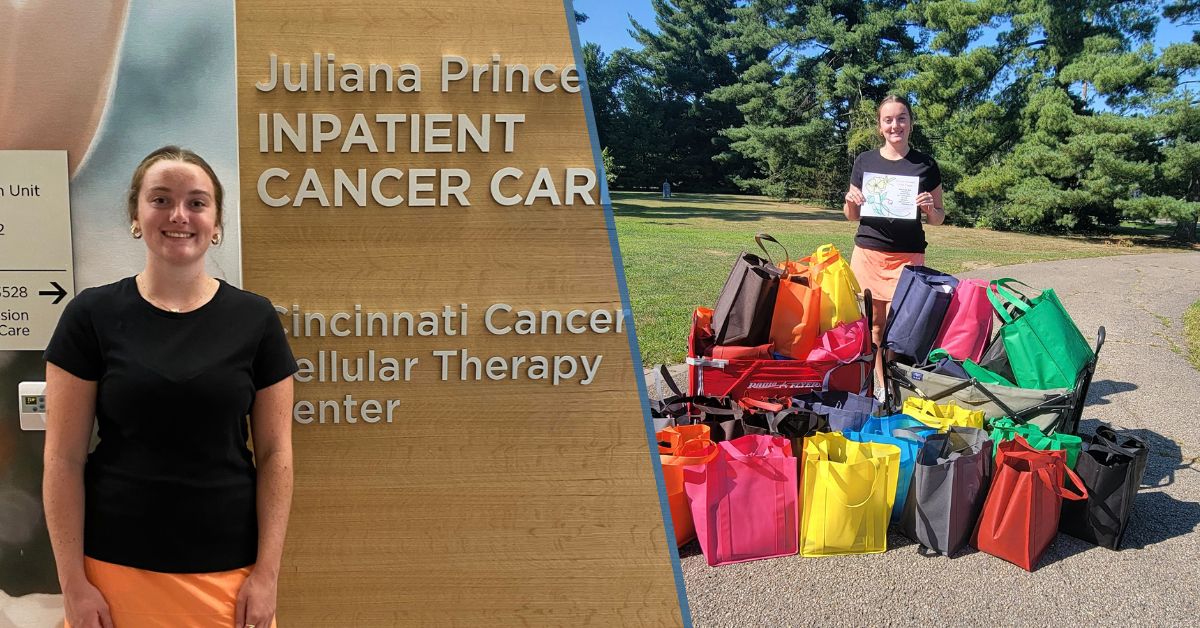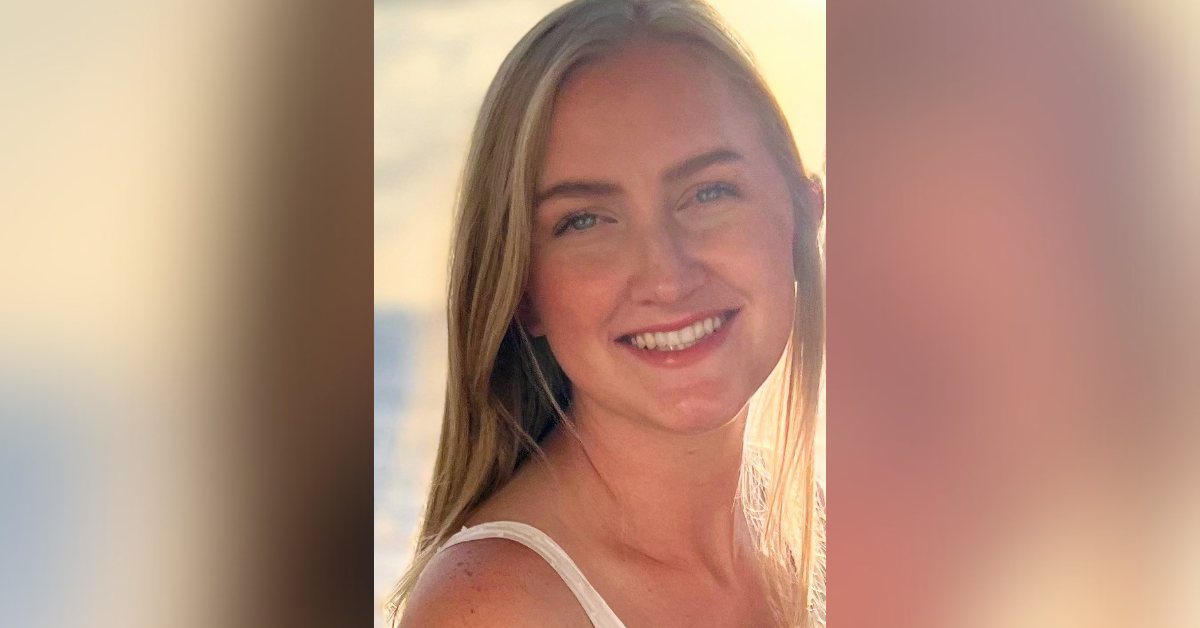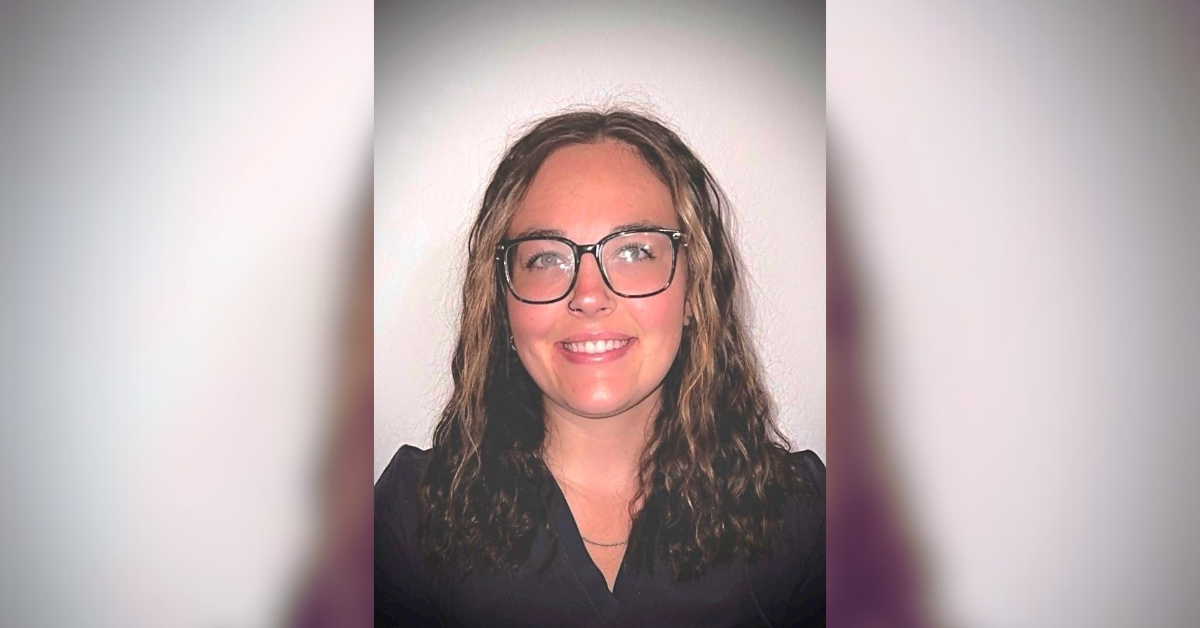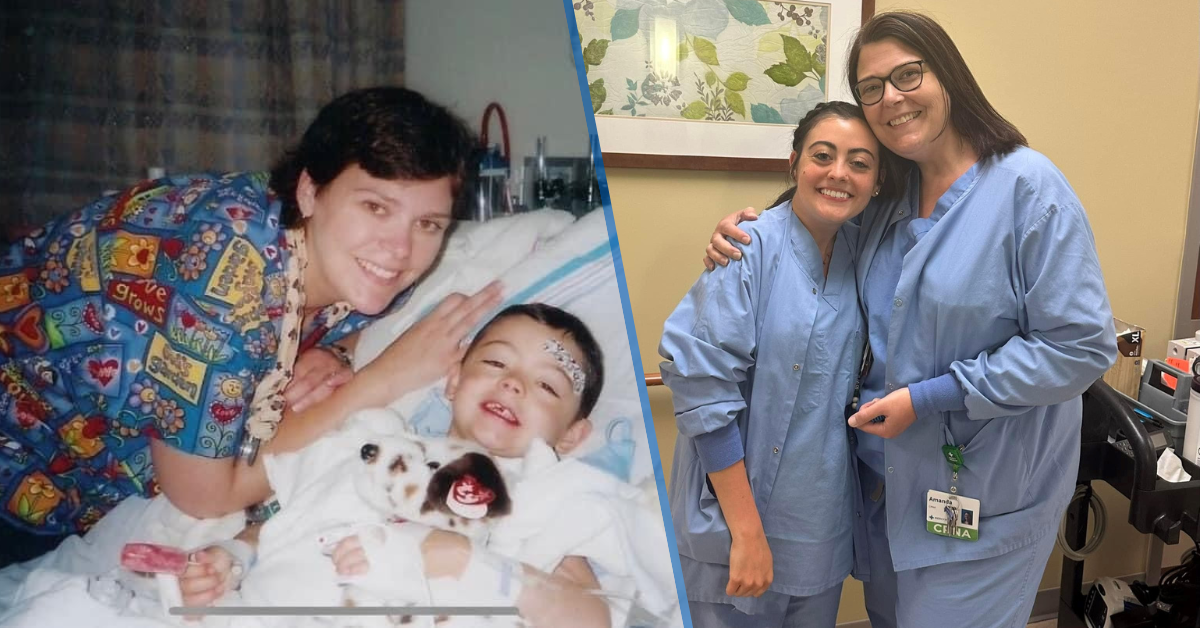One patient’s unique experience with aortic valve replacement surgery
It’s cold and flu season. I’m just getting older. Things will get better in time.
Brad Imthurn knows these excuses well. When he started feeling “not himself” last fall, he used several of them to justify why he didn’t need to see a doctor.
But as a healthy, active 45-year-old, things just didn’t add up. When Brad’s shortness of breath and lack of energy got worse after the new year, he knew it was time to have things checked out.
“I talked to my wife. She said to go get a physical,” Brad said. Little did he know that getting that physical would set a chain of events in motion and ultimately give Brad a second chance at life.
After his physical, Dr. Grego, a family practitioner at Mercy Health – Defiance Clinic, referred Brad for an echocardiogram. This revealed a congenital heart defect called a bicuspid aortic valve. Over time, the abnormally-formed valve calcified and became blocked, leading to Brad’s shortness of breath and lack of energy.
Left untreated, blocked valves put patients at risk for sudden death. In May of 2018, that’s exactly where Brad was.
“The radiologist that ran the test consulted with the cardiologist who was there and told us about the condition,” Brad said. “She explained some of the different terminology, so when we talked to the cardiologist, we were prepared. It really helped us out a lot.”
Diagnosing Brad with critical aortic stenosis
Brad and his wife then had an appointment at the Mercy Health — St. Vincent Medical Center cardiac catheterization laboratory to confirm the diagnosis and check Brad’s coronary arteries. While Brad’s coronary arteries were clean, his aortic valve was even more blocked than initially thought, a condition called critical aortic stenosis. Dr. Daniel DiBardino, cardiac surgeon and structural heart specialist with Mercy Health, was immediately consulted and began to walk Brad and his wife through the options.
“Brad was facing a heart valve operation at a much younger age than most, and younger patients face unique challenges,” Dr. DiBardino said. “What type of valve should I choose? How long will it last? Will I have to have surgery again? How long will I have to be off work?”
After reviewing the case and talking through their options, Dr. DiBardino recommended a minimally-invasive cardiac surgery option.
“While not appropriate for every patient, some patients can have a 4-5 centimeter, minimally-invasive incision. Through this, only the upper half of the breastbone is split and the heart can be safely exposed and protected during the valve replacement,” Dr. DiBardino said.
In addition to the minimally-invasive procedure, Dr. DiBardino recommended a newer type of mechanical aortic valve for Brad.
“I didn’t want to do this surgery again when I’m in my 60’s, so I chose a valve designed for younger people. One that will last,” Brad said.
Finding the best treatment possible
Dr. DiBardino shared some of the many benefits of Brad’s choice, “The newer aortic valve options, such as the Crylife On-X valve, require lower anticoagulation levels, perform better and can last a lifetime, even in patients as young as Brad.”
Six weeks after his initial physical, Brad underwent aortic valve replacement surgery on a Thursday. The next morning, he was up and walking around. And on Sunday, he went home.
“I’m an electrical engineer. My wife is an administrative assistant for the school system. We have limited medical knowledge,” said Brad. But thanks to insight from the care team, the couple felt prepared for the recovery process.
“Dr. Grego was a great help, having been through something that was very similar,” Brad said. “There was also a nurse who was on our floor who had a valve replacement similar to mine. He actually came and sat down with us and explained how recovery was going to feel. He said, ‘I’ve been through this. You can get through it.’”
“Throughout the whole process, from beginning to end, I was treated like a person, not a patient,” said Brad. “In everything—from pain management, to stress to scheduling—they take the human element and make it the most important part. Then they take on the medical side. It was very beneficial to my recovery.”
Reflecting on his experience, Brad admits that his heart valve isn’t the only thing that has changed.
“I would say I’m more mature as an individual, “ he said. “I have a responsibility to my wife and family to make sure my health is the best it can be for what I’ve been given. After something like this, you basically get a second chance at life.”
Brad encourages others not to make the same excuses he did, “Guys will ignore things. Guys generally tend to let things go, and they shouldn’t. Be responsible. Medicine has come so far. Get the proper testing done.”
If you are in Brad’s shoes or it’s simply time for your yearly physical, our team is here for you. Reach out to find a caring, compassionate physician near you today.






